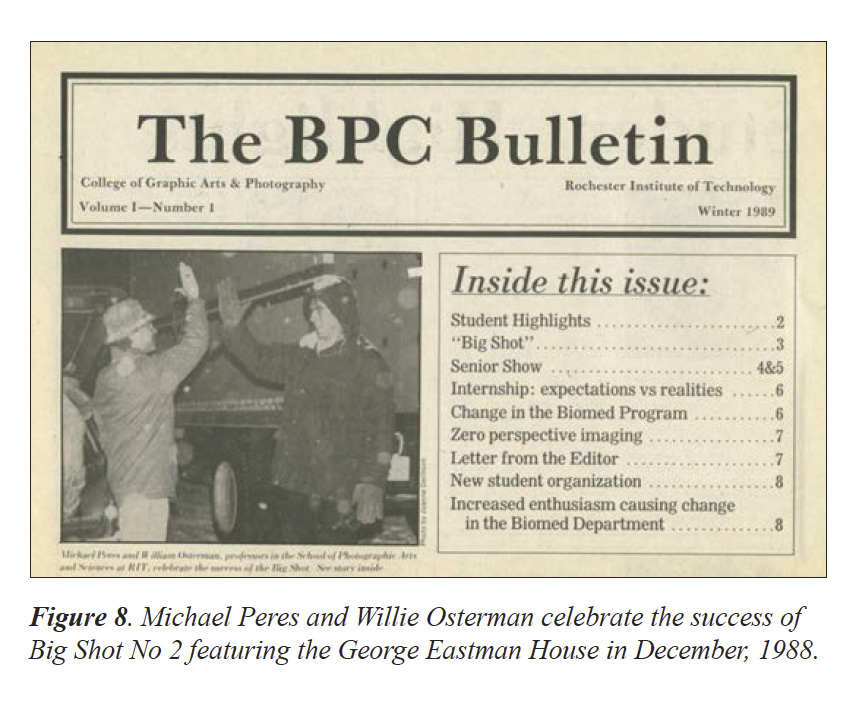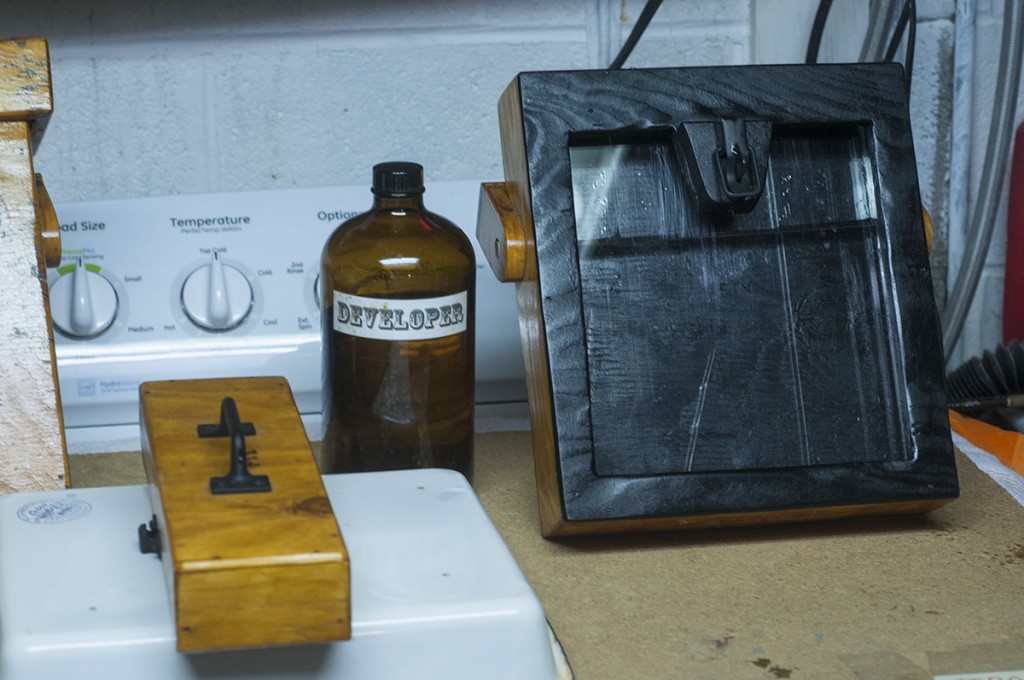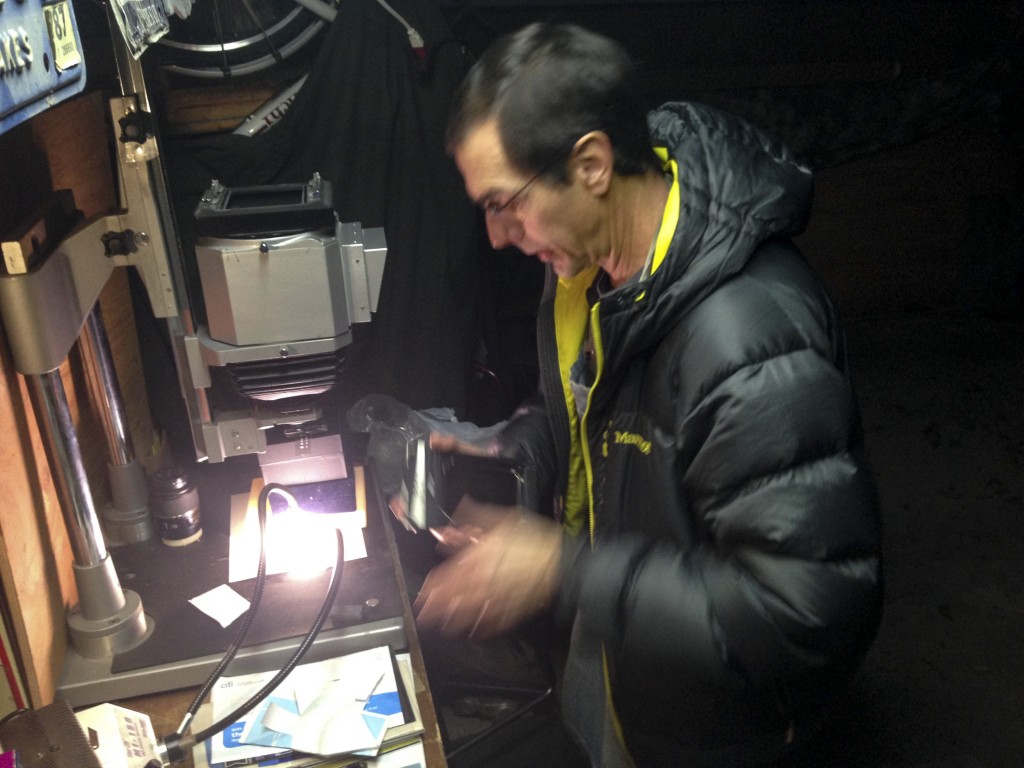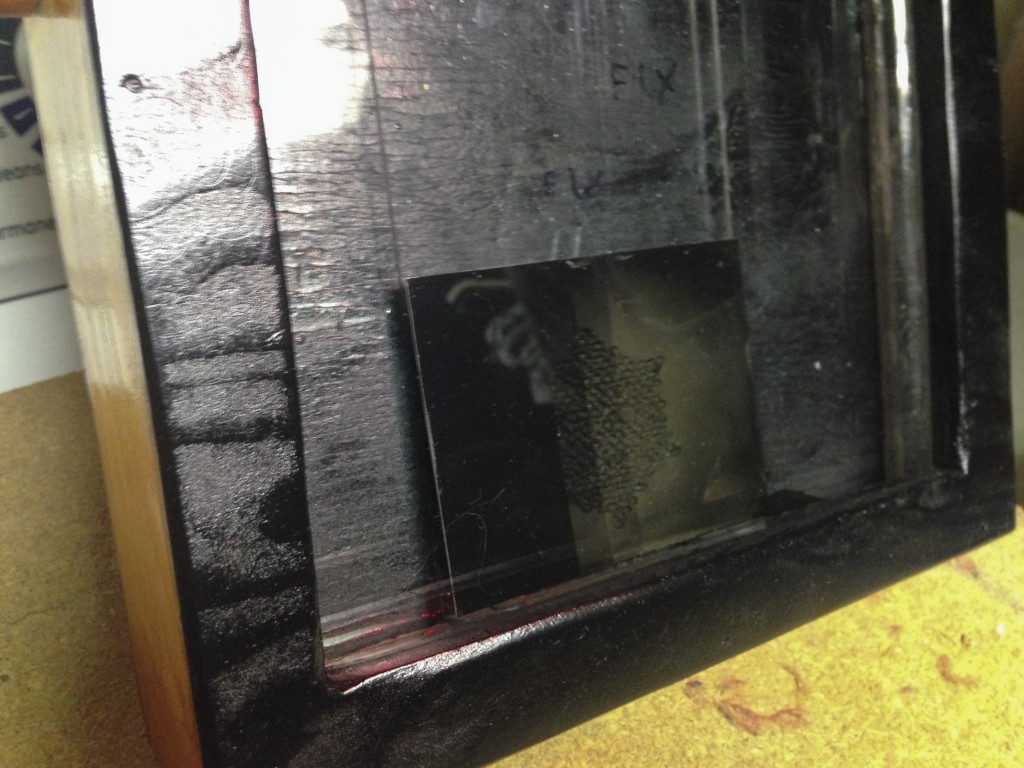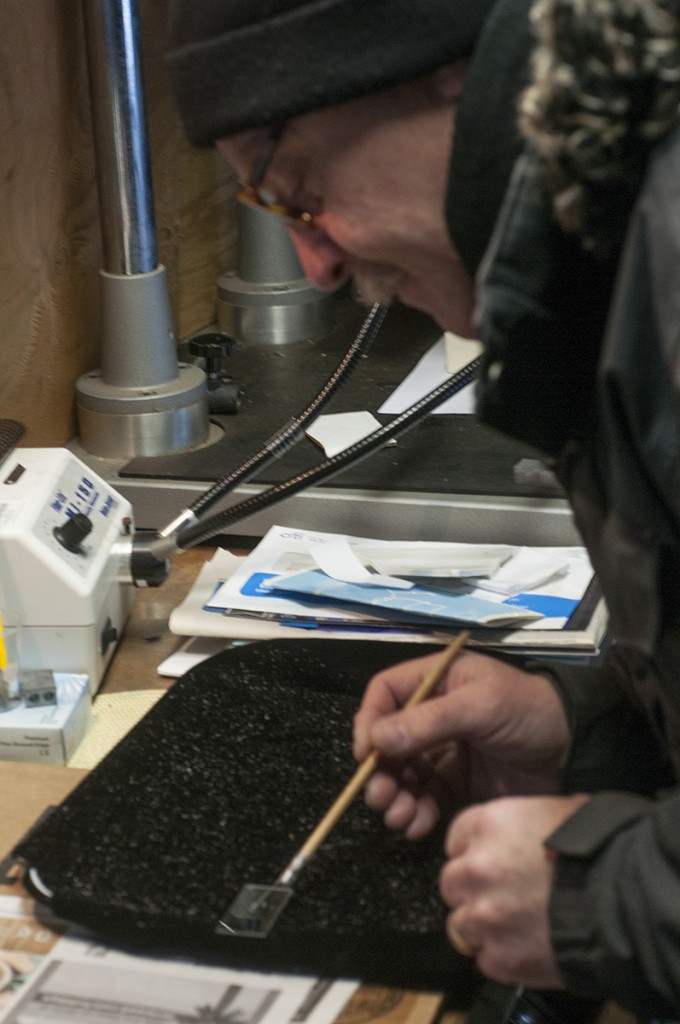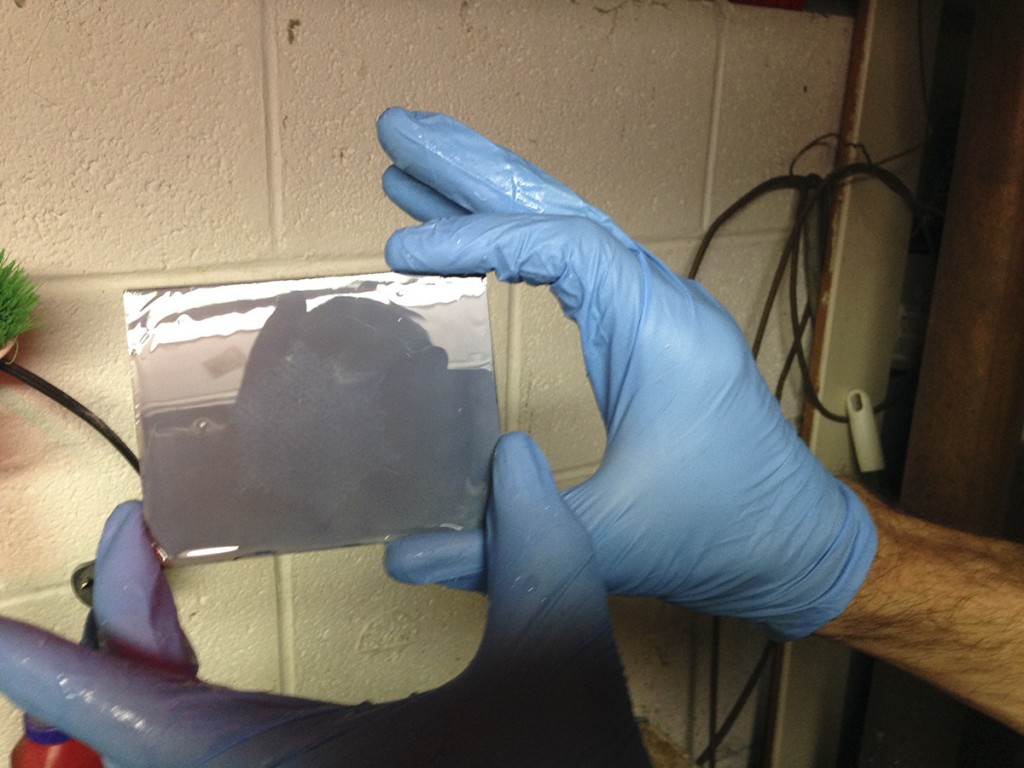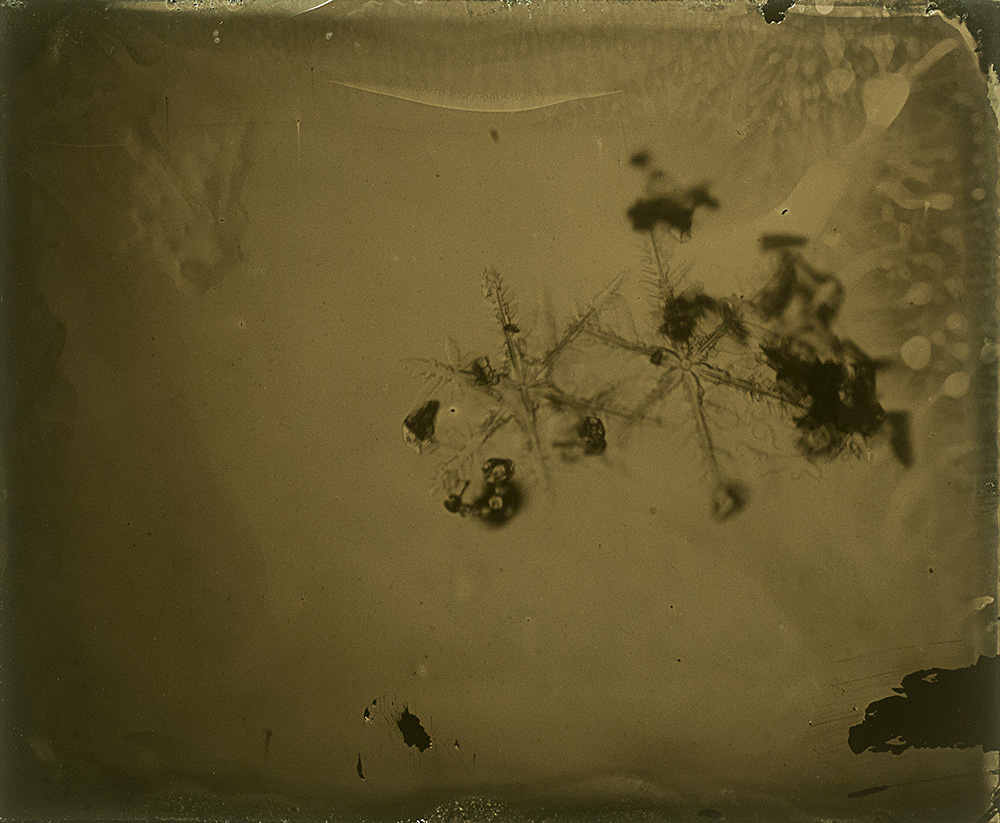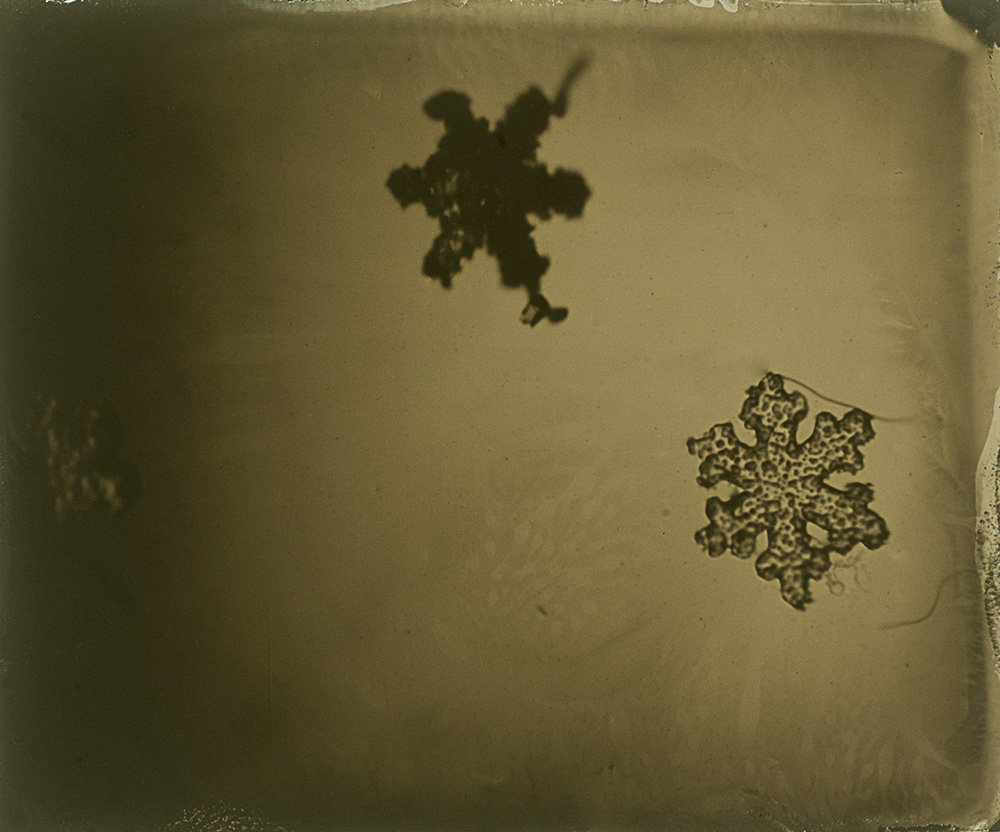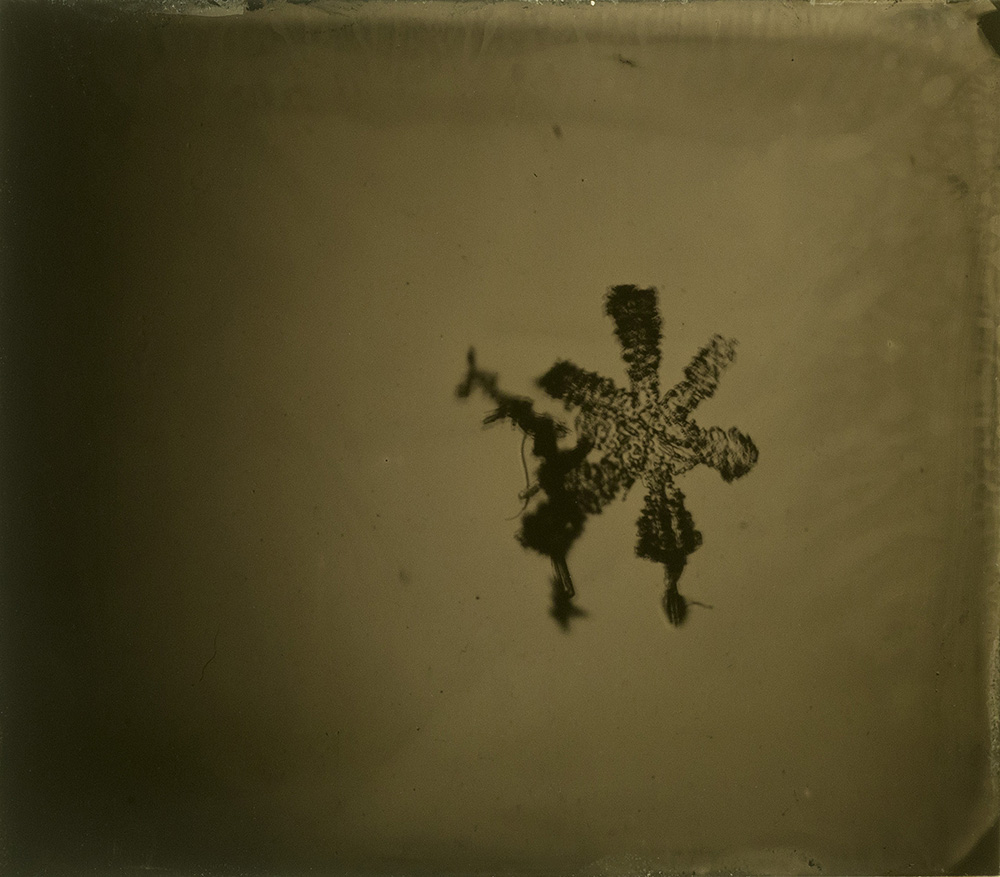Only at RIT: Professors Photograph a Snowflake using a Wet Plate Collodion Emulsion
Professors Willie Osterman and Michael Peres first met in August 1986 when Peres was hired as an instructor in the biomedical photographic communications program and Osterman was an assistant professor of fine art photography. During the thirty years since that time, both have been actively working in their respective fields. One day in January 2016, they casually discussed the idea of making a wet plate collodion photograph of a snowflake. While not certain, neither had ever seen a photomicrograph of a snowflake made using the wet plate collodion process and believed this might be the first. In 1851 John Dillwyn Llewelyn produced salted print photomicrographs and Wilson “Snowflake” Bentley photographed from the 1885 – until the late 1920s using dry plate film.
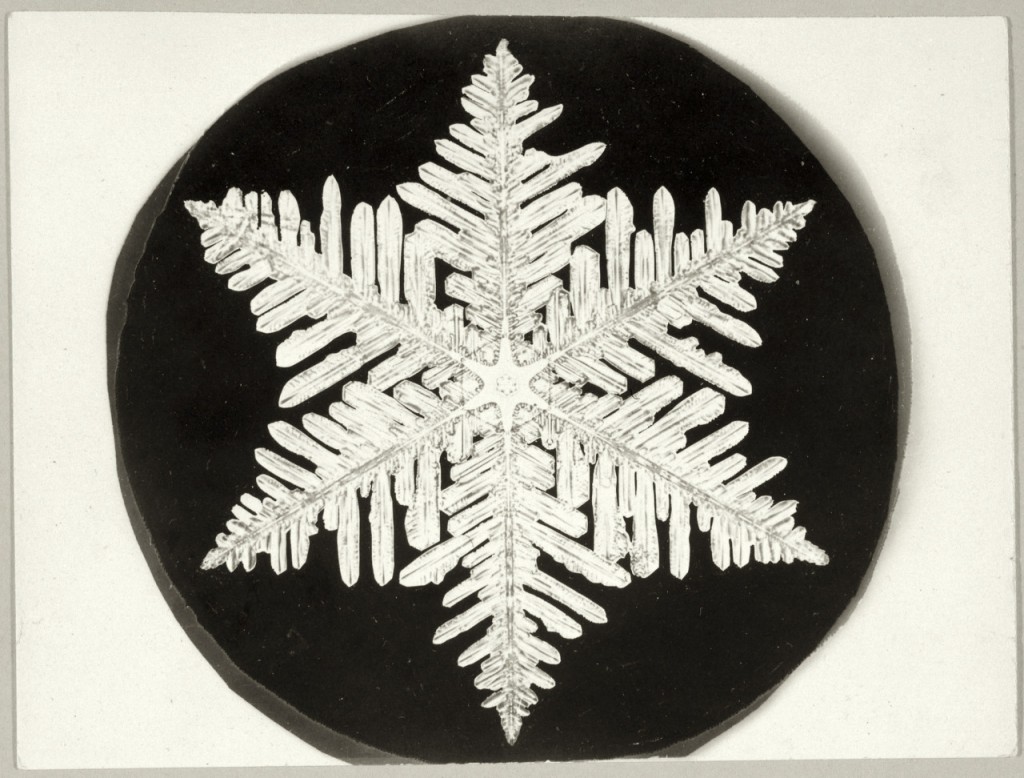
A snowflake photomicrograph from Wilson Bentley circa 1895
Michael began what has become his wintertime obsession in January 2003. Willie began his work in 2010 using collodion emulsions in response to his need to photograph when his wife was first diagnosed with cancer.
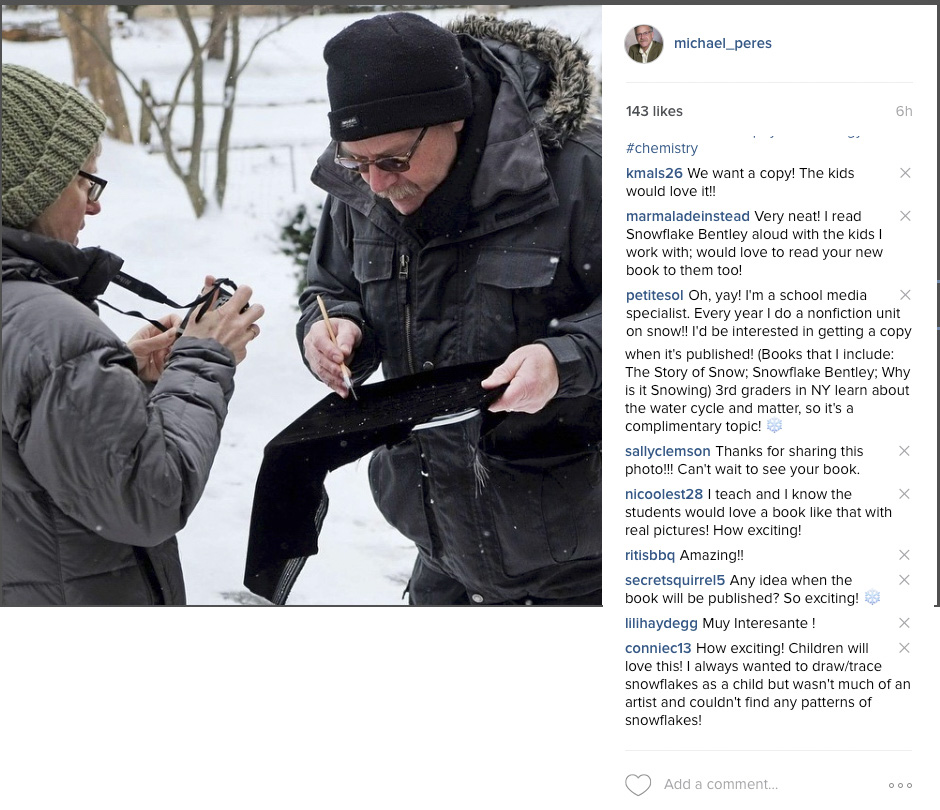
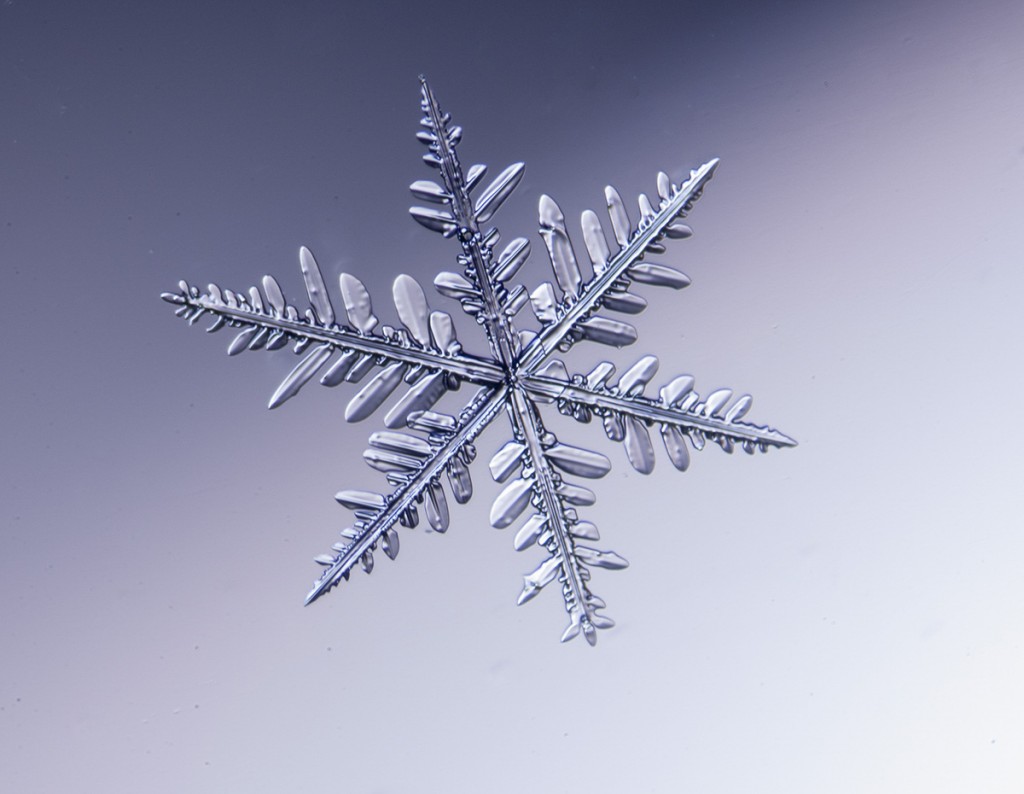
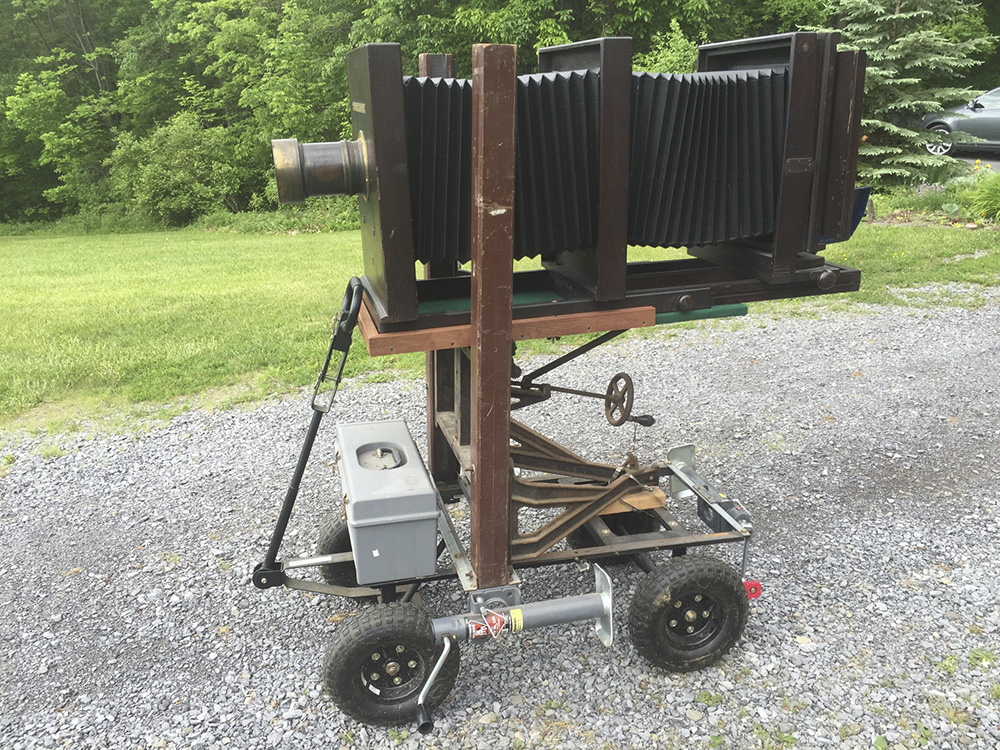
Willie’s camera 11 x14 Eastman View

2010 Portrait of Willie’s wife Michele from the Chemo-Toxic series
February 10th they got the chance. To photograph snowflakes, you need to have the right temperatures to have snowflakes falling and to photograph snowflakes using collodion you have to prepare an emulsion.
Peres’ washing machine room was converted to a darkroom, and collodion plates measuring 3.5 x 4.5 inches were made. Once the darkroom was set up, it took approximately 10 minutes to sensitize a plate. The collodion processes requires an exposure to be made using a wet emulsion, which is developed for a mere 15 seconds in an active developer. After 15 seconds, it is washed in running water to stop development and then fixed. It is rewashed and then air dried.
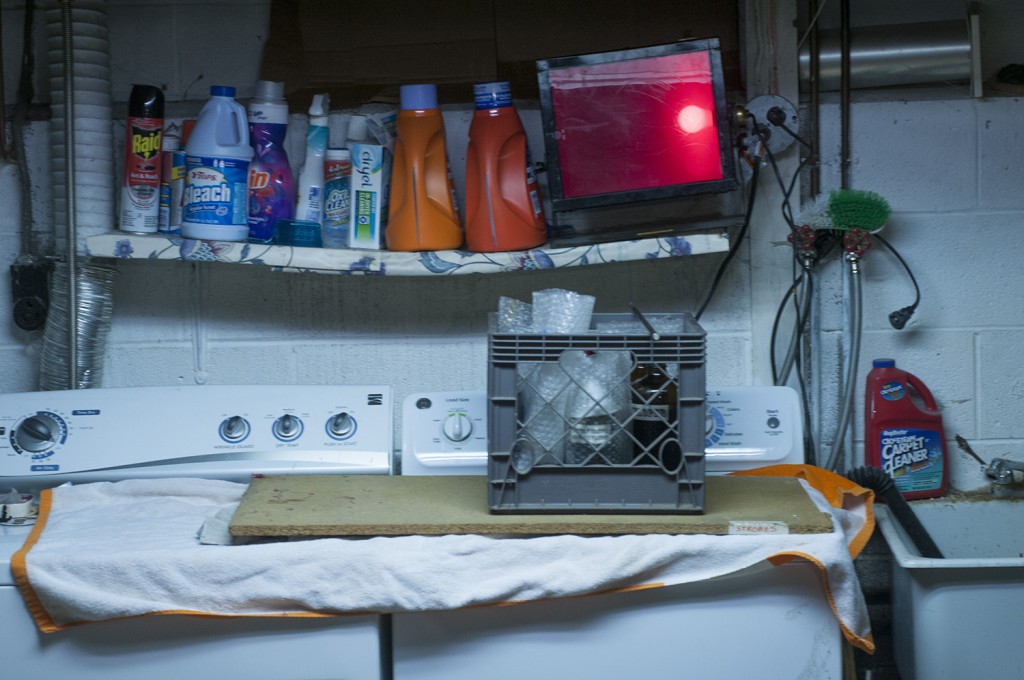
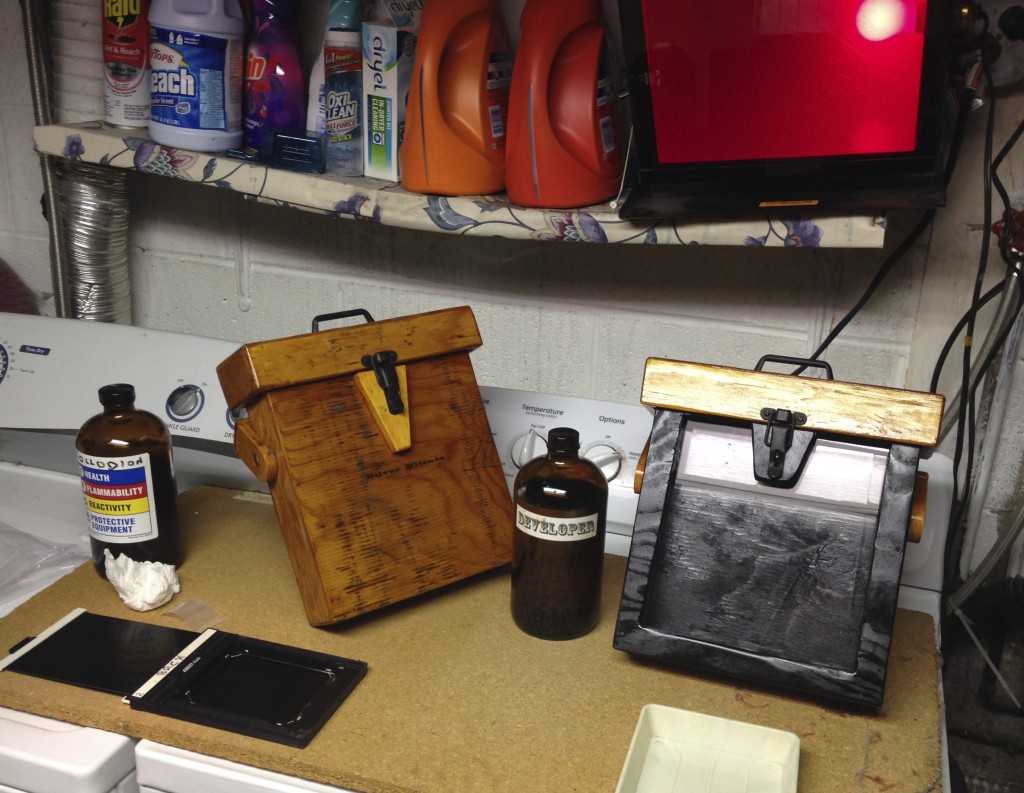
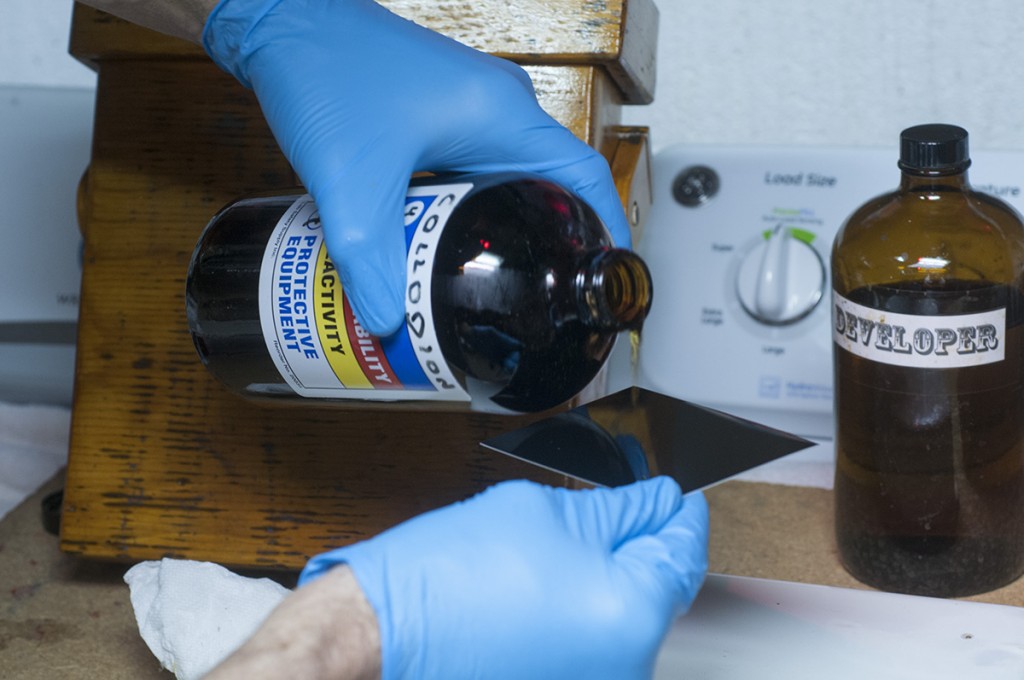
Many things need to be determined such as exposure time. After an exposure test was made using a target slide, 16 seconds was determined to be the best for a snowflake measuring 2mm. The testing was done Tuesday evening February 9 and unfortunately it was 36F and no snowflakes were anywhere.
Wednesday morning at 5:30, the winds changed and the temperature was 30F. While less than ideal, it allowed the professors to work very efficiently to make the first picture shared below. The crystal was melting during the exposure. After reviewing their methods, the second and third exposures were made. Once dried, the plates are varnished using a oil of lavender preparation
